Hey there! This post contains affiliate links. Using my links means I earn a commission, which helps me create more rad content. More on affiliates here.
I think I’ve tried to write this post more than a dozen times. Struggling with writing, I tried to film a video for my YouTube channel, a film session that ended with me sitting on the floor, crying.
Yep, we’re doing great!
Overall, I think the trouble with coming out stories is there’s so much to cover. So many nuances and storylines to explore. In the pursuit of creting a cohesive narrative, key elements are lost. For me, a big trouble has been talking about how my family reacted to my coming out, and sharing how I still love people, some of whom, at one point, rejected me. I don’t want to vilify those family members, but I do want to share my story.
In the LGBTQIA community, or “queer culture,” we often talk about our “chosen families.” Choosing other queer people to form a literal familial bond, because your own family doesn’t have a very nice reaction to your gender identity and/or sexual orientation. Even if your family has a wonderful reaction and joins PFLAG, you still form a queer family. The shared experience of being queer (or LGBT) connects you in a way that’s hard to define.
There’s a bit of a knee-jerk reaction from one’s queer family, where queer folks encourage other people to “cut off their (biological) family” and “stop talking to them” because of poor or homophobic responses from family members.
But i’m getting ahead of myself here. I’m writing to tell you about my coming out story, with the the hope that some Mormon kid finds this, and knows they’re not alone. That my other queer siblings will read this – and know they’re not alone.
A Note on “Coming Out”
Telling my “coming out” story spans about a decade. It’s not a quick story. Some folks don’t agree with the concept of “coming out,” or want to come out, but can’t.
My goal in writing this is to tell my story, not write a prescription or mandate on how other LGBTQIA people lead their lives. I use “queer” as my identifier, but many LGBTIQ people do not use the word “queer.” Many trans people, for example, are heterosexual and don’t identify as queer.
If you can’t come out yet, and want to, my heart goes out to you.
Growing Up Mormon
Honestly, it wasn’t until I got to college that I realized how strong the culture of Mormonism is. Church is 3 hours on Sunday, and Mormons easily spend a minimum of 10 hours during the week practicing their faith.
When I entered 9th grade, I began attending “Seminary,” a religious class held by the Mormon (Church of Jesus Christ of Latter Day Saints, or LDS Church). In much of Utah, Idaho and Arizona, the LDS church builds sort of mini churches next to junior high and high schools. Like, right next to them.
In high school, I could literally throw a rock from my math class and hit a seminary building. Seriously. Google street image here.
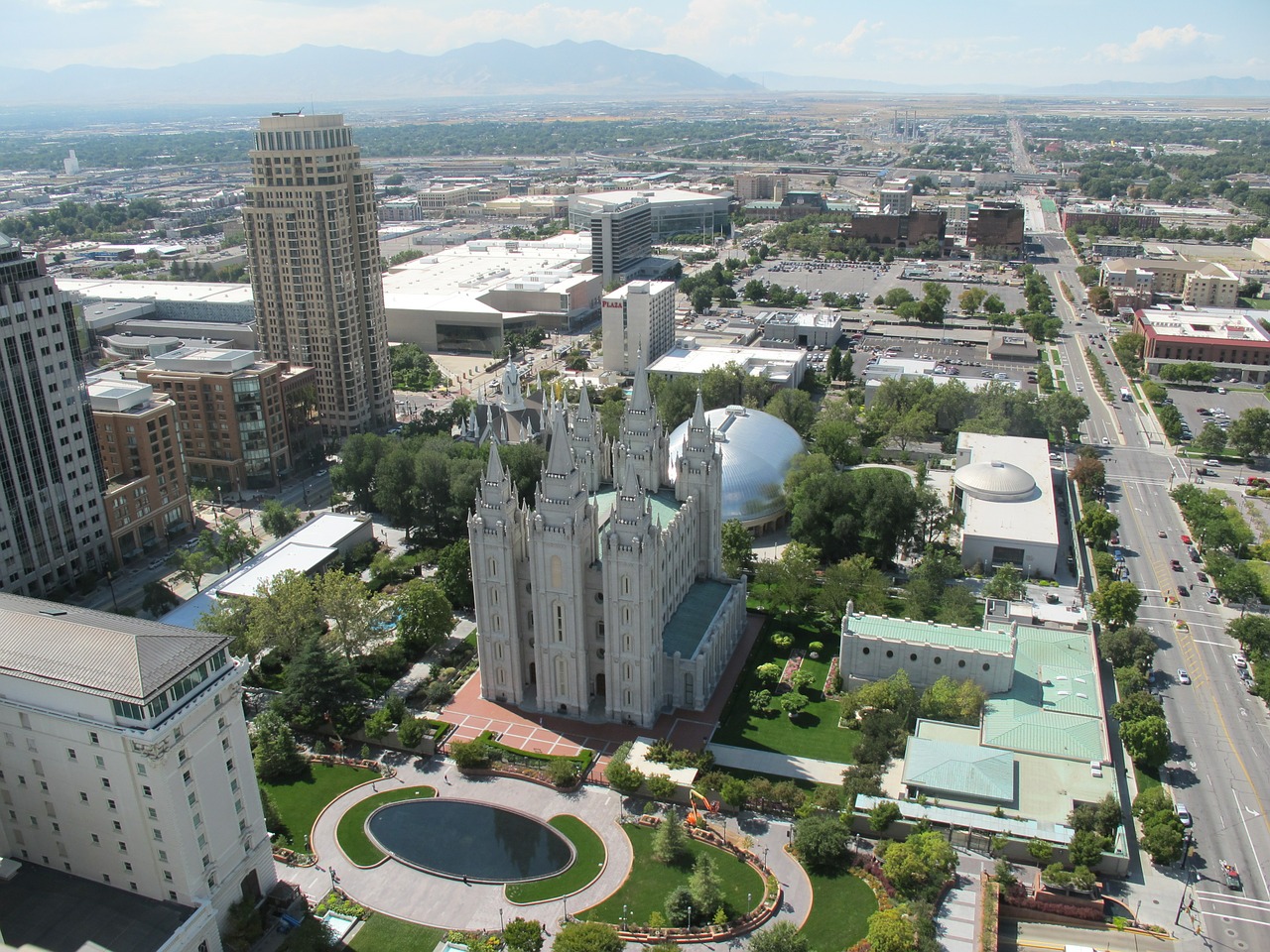
During the summer, I would spend 2 full weeks attending church youth camps in nature. Lots of tents, s’mores and testimony meetings. One of these camps involves reenacting the “Mormon Trek,” where I dressed up in a pioneer outfit and joined hundreds of other teenagers and youth leaders in dragging handcarts across Wyoming. Bonnets, grit in your teeth and so much sagebrush.
Did I mention I hate Wyoming?
Marriage is a Core Belief of Mormonism
Something that differentiates Mormonism from other Christian faiths (yes, Mormons are Christian), is the emphasis on marriage.
It gets complicated, but the TLDR version is this: There are 3 levels of heaven. You must get married to someone of the opposite sex in a Mormon temple to go to the highest level of heaven, where God is, called the “Celestial Kingdom”. God does not go to the other 2 levels of heaven. If you want to see your family in heaven, and live with them in the afterlife, you must get to the Celestial Kingdom.
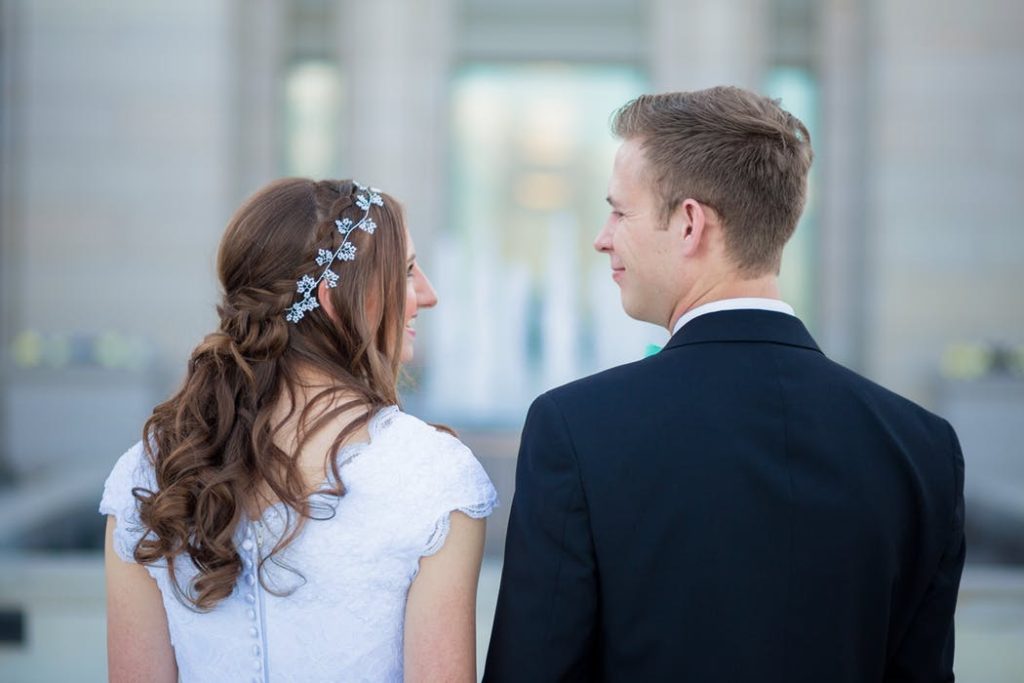
Marriage is the key tenant that all of Mormonism rests on. Every belief and practice stems from the sanctity and ceremony of marriage. While other faiths stress the importance of marriage and its role in society, to Mormonism it is the end all be all. Most Christian faiths view marriage as a building block of society, that may or may not continue in the afterlife. To Mormons, marriage is the building block of their faith.
For instance, there are special congregations, called “Singles Wards,” where Mormons aged 18-30 attend church with only other non-married Mormons. Most Mormons get married in the early twenties (like 21 or 22).
“The Family: A Proclamation to the World” is a document that is doctrine and states, “Marriage between a man and a woman is ordained of God and … the family is central to the Creator’s plan for the eternal destiny of His children.”
From Bruce R McConkie, a head ecclesiastical leader, “The most important single thing that any Latter-day Saint ever does in this world is to marry the right person, in the right place, by the right authority.”
So, you have to marry a person of the opposite gender (gender binary ftw), in the temple and under the patriarchal authority. Got it.
I cannot stress enough how critical marriage is to Mormons.
You see where I’m going with this? Gays are not going to marry someone of the opposite sex (choosing “sex” here because Mormon theology dictates there only being 2 sexes). There is no place for LGBTQIA to exist within Mormon doctrine, unless they (we) choose to live in abstinence.
And because Mormonism focuses so much on marriage and family, not being married is akin to being a social outcast. You can go to church, but you’re not really *part* of the congregation. Most teachings and advice focus on marriage and kids. It’s isolating and lonely.
Content Warning: The next section of this blog post contains references to mental health issues, self-harm and suicide.
Those Pesky Homosexual Feelings
Okay, so now that we’ve got that background out of the way, we can delve into the ~coming out narrative~.
Around 13 or 14, I started to get crushes on girls. I didn’t think much of these feelings, and, honestly, didn’t have the verbiage to process them. Mormonism is very conservative, and SexEd isn’t really a thing.
I didn’t learn what the word “lesbian” was until high school.
My “aha moment” came in my 8th grade French class, taught by Monsieur Asay. A girl with long blonde hair was in front of me, and as she leaned down and her cascaded over her face, I thought, “Wow, I’d really like to kiss her.”
<<Cue Gay Panic>>
Y’all, there was no conversations around desire or attraction at home or school. I felt like a deer in a headlights after this.
I went home, and later that week I did what most 14-year-olds do when they have a question that they absolutely cannot ask their parents: I opened Google.
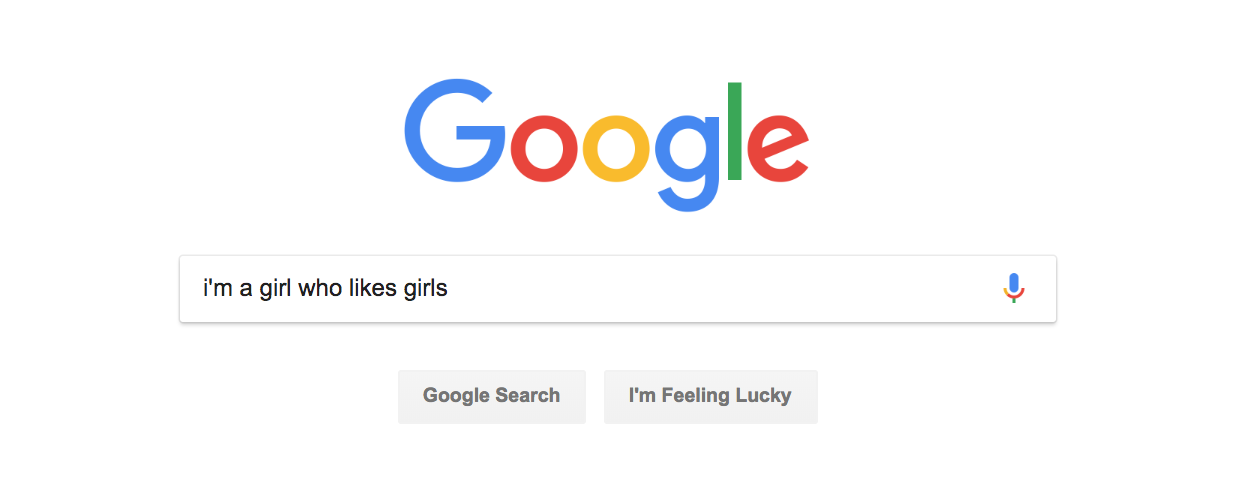
As I read through various message boards and articles, I landed on the world “homosexual.”
I’ve heard this word before, I thought to myself. I’ve definitely heard it in church.
So, I went over to lds.org, and typed “homosexual” into the search bar.
Aaaaand you can imagine what I found.
The LDS Church has since changed its web copy/verbiage on policy*, but at the time the policies were clear. Homosexuality was compared to beastiality (I know, because I had to google that term after reading lds.org). Words like “abomination,” and “corrupt” filled the screen.
As I read, it became clear: Homosexuals were horrible and disgusting people. They were an abomination.
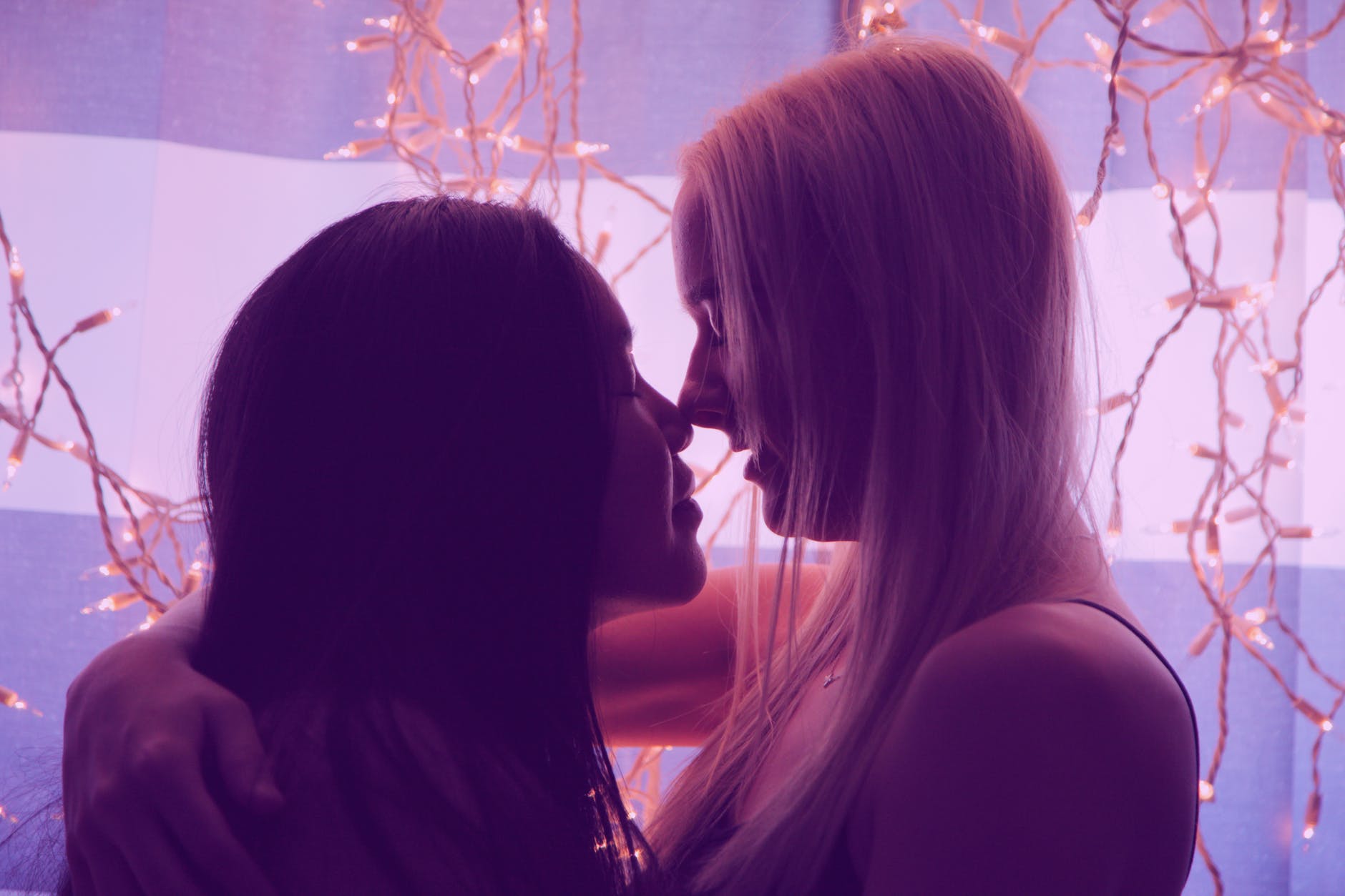
I sunk down in my chair, my shoulders hunching up around my ears as I read.
But, one thing did give me hope. Homosexuals were an abomination, but righteous church members who had homosexual feelings and resisted them could still reach exaltation.
Okay then, I thought. I have these feelings, but if I bury them then I’ll be okay. No one has to know about these bad thoughts.
“Bad Thoughts”
After that day, I tried desperately not to have “bad thoughts.” But prayer and singing hymns weren’t cutting it. Writing down the time and specifics of bad thoughts, to then talk to my bishop about, didn’t help. (I never talked to religious leaders about these thoughts, for fear of rejection and reprisals.)
I needed to punish myself, Keep myself from being bad. So, I started wearing rubber bands around my wrist. Every time I had a bad thought, I would flick my wrist. Hard. And I would keep flicking until the thoughts went away.

Turns out, suppressing a key part of your being is not so great on your mental health. I started having incredible and consuming panic attacks. I’d had anxiety before (my mom likes to remind me that I had panic attacks in kindergarten), but I started having sobbing/can’t breathe/call 911 panic attacks.
Okay, stick a pin in this, we’re going to come back it.
I Didn’t Leave Mormonism Because I’m Gay – I Left Because I’m a Feminist
While alllll of this was going on, I had started investigating feminism. Talking about how feminism and women’s rights caused me to leave the church is a whooooole different blog post.
My quippy line that I say when folks ask why I left is this, “I was reading the equivalent of ‘Feminism 101,’ and in Sacrament Meeting (Mormon church’s Communion) they started talking about the sacred power of the patriarchy and priesthood, and how one should submit to it.
The word ‘patriarchy’ caught my attention. You know that moment in ET, when ET and the boy touch fingers, and ET’s finger lights up? That’s exactly what happened to my brain.”
As I looked around Sacrament Meeting, and saw only boys and men passing the Sacrament. Only men sitting behind the pulpit, leading the congregation, and it clicked into place.
“They are celebrating the power of men in this church. They are celebrating the power of men over women.”
It was over.
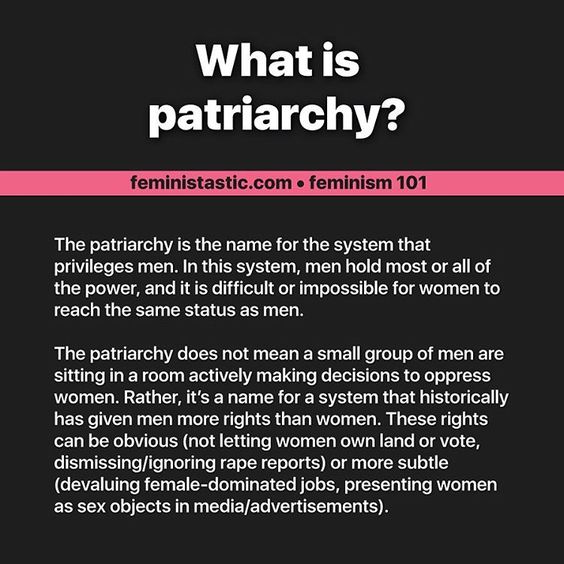
This ^^ is a handy definition, but interestingly, in the Mormon Church, it is literally a small group of men sitting in a room making decisions to oppress women. For instance, the first time a woman prayed publicly at General Conference (twice a year meeting for all members) was in 2013.
Let me reiterate: A woman prayed for the first time in General Conference 5 years ago. A woman, finally prayed in public at the largest meeting, took until 2013.
And people thought this was incredible progress.
Time to Go
After I made the connection about “the patriarchy,” I slowly started extracting myself. Attending meetings less. Refusing to engage. Fighting with my parents. Lots of fighting with my parents.
I stopped going to Seminary, instead using that period to do homework. It didn’t impact my academic standing, because Seminary was “release time” to my high school’s attendance office.
And, around 17, I left. Spiritually, I had left years before, but kept attending because that’s just what one did. Easier to show up at 15% than have blow out arguments about church with my parents.
So, at 17, I had had enough. I was graduating and leaving Utah. And I told everyone I was done. That went over about as well as can be expected (I wasn’t disowned, yippee!), but there was this underlying feeling of, “She’ll come back when she’s ready. This isn’t permanent.”
Panic Attacks & Suicidal Ideation at Stanford
Remember the rubber band trick from above? In 2010, I went back to Stanford for my sophomore year. Years of not really going to counseling or consistently taking my medication (my fault, not my family’s – my parents bought the meds, I just didn’t take them) combined with not knowing what I was doing or what I wanted to major in, led me to planning to commit suicide.
I’ll definitely write a post about my mental health, and the divine intervention (literally, divine) that led to me calling for help. But for the purposes of this story: I took a leave of absence and started going to therapy.
“I Think I’m Gay”
So now, it’s 2011. I’ve started going to therapy sessions with Alesia Black, an LPRN. She began helping me with my anxiety, and funny thing – as I started #DoingTheWork that therapy requires (it’s more than sitting on a couch!) I started thinking about all of these CoughGayCough feelings I had had.
I contemplated these feelings as I drove around Utah. Because cities are spread out, you spend a lot of time driving if you live here. And as I drive, I pray. I talk out loud to my higher power. I ask for help, advice and divine blessings/interference for my loved ones.
Driving over Point of the Mountain – a passage over a mountain peak that separates the super liberal Salt Lake County with Utah County, which has the highest concentration of Mormons on the planet – I looked out over the valley and said decided to test the words.
I opened my mouth, and said out loud, for the first time, “I’m gay” to my empty car.
![]() Driving up over the “Point of the Mountain” at night, this is what you’ll see.
Driving up over the “Point of the Mountain” at night, this is what you’ll see.
I drove for a minute, halfway expecting lightning to come out of the sky and strike me. I chucked self-consciously, after I realized I looked a little ridiculous – peeking up at the sky through my windshield.
I said it again, this time to God.
“I’m gay.”
I felt a humorous and loving response. “I know, Brianne,” I heard in my heart. “I know. I made you this way, and I do not make mistakes.”
And with tears pouring down my face, I pulled over to the shoulder. I leaned my head against the steering wheel, and I cried. I sobbed because it was such a relief. I laughed through tears, because it had been so obvious this whole time. I cried for the girl who flicked rubber bands against her wrists and catalogued her sins, and I chuckled remembering the awkward dating moments I had had.
A few days later, I walked into therapy. I sat on the couch and announced, “I’m gay!”
My therapist, Alesia, smiled. “I’m glad you’ve figured it out,” she said.
*** To Be Continued ***
Thank you for reading! As I write this series, I may edit this post (and others in the series). If you enjoyed this post, please *share* it!
The goal of this series is to share my queer experience, and the more folks that share it the better conversations we can have around queerness, politics and faith. If you’d like to keep in touch, be sure to subscribe to weekly my newsletter.
Again, thank you for reading. <3
*BYU, a Mormon-run university, has one of the best PR departments in the country.
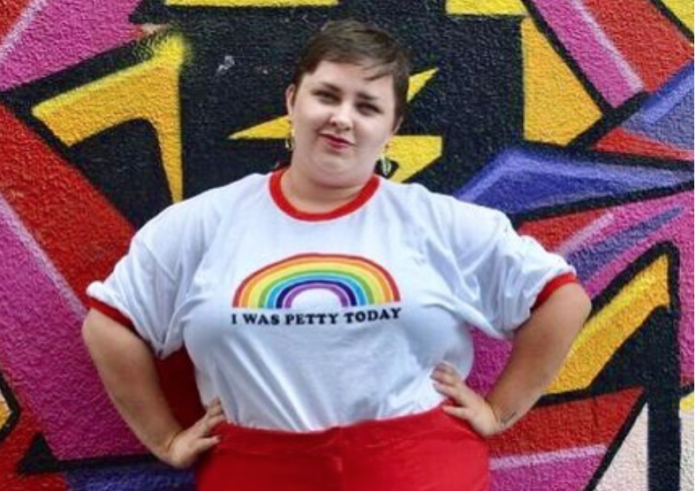

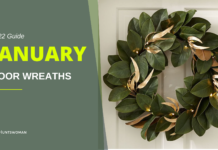










Thank you so much for sharing your story. While I didn’t grow up as a Mormon I can definitely relate to some of the stuff you went through. I look forward to hearing the rest of your story.
Hi Tanya,
Thank you so much! Growing up in Utah County//Mormon Land definitely impacts your view of the world. Hope you’re doing well! – BH
Thank you for sharing this. I also grew up Mormon. When I was 21 and getting ready to get married, my soon to be husband and I were told we couldn’t get married in the temple. I had friends getting married a few months before us and they did the same things and were still granted permission by the bishop. As someone who truly internalized “I Love to See the Temple” and had a white hanger with a lace bag containing a rock from Boston Temple reserved for my wedding dress (given to me in Primary), not getting married in the temple was devastating. I spiraled into a depression and felt guilt for YEARS about it. Feminism is also what woke me up and my husband and I are no longer active (we have yet to remove our records because WHAT IF??!!- eyeroll). Oy. All this to say, I appreciate your honesty and your vulnerability. Hearing stories that result in finding authenticity despite growing up in Mormon culture is healing for me. Thank you.